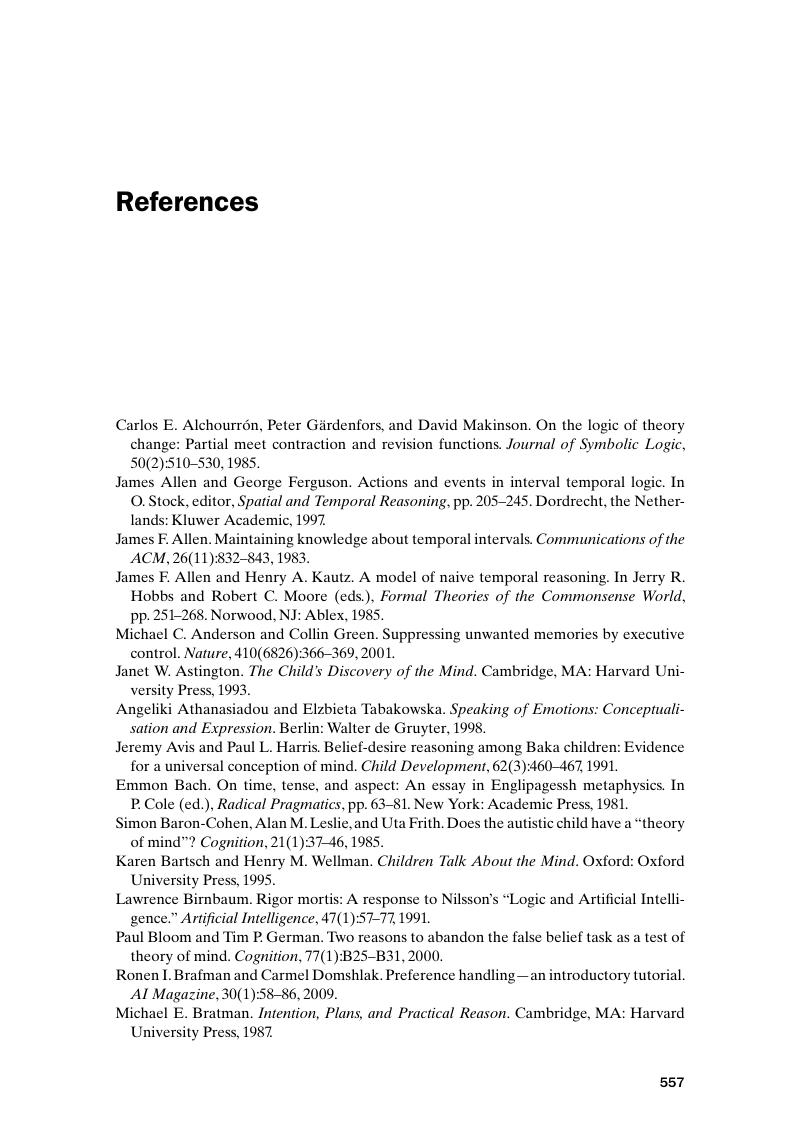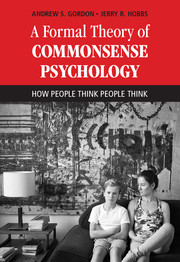References
Published online by Cambridge University Press: 01 September 2017
Summary

- Type
- Chapter
- Information
- A Formal Theory of Commonsense PsychologyHow People Think People Think, pp. 557 - 566Publisher: Cambridge University PressPrint publication year: 2017



